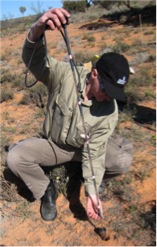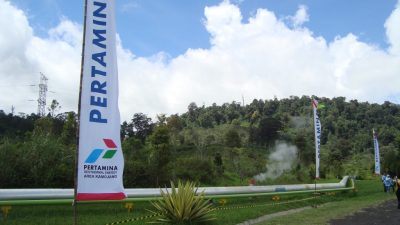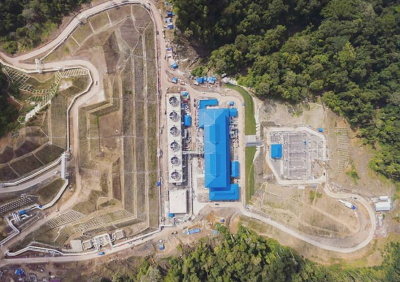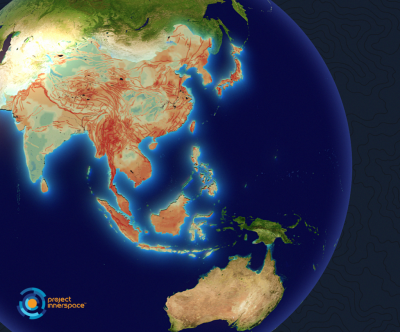Hot Dry Rocks releases geophysical exploration Earth Thermometer
Australian consultancy Hot Dry Rocks releases the Earth Thermometer, a low impact and highly accurate geophysical exploration device for heat measurement and monitoring.
 Australian geothermal energy consultancy Hot Dry Rocks developed the Earth Thermometer, a geophysical exploration device that can be used for long or short-term deployment. It deploys in less than 30 minutes and is reusable.
Australian geothermal energy consultancy Hot Dry Rocks developed the Earth Thermometer, a geophysical exploration device that can be used for long or short-term deployment. It deploys in less than 30 minutes and is reusable.
With the Earth Thermometer it is now possible to directly explore for heat with a low impact, highly accurate instrument. It is manufactured by Hot Dry Rocks and is a needle probe housing two precise temperature sensors at depths of 30 cm and 110 cm.
It is designed for measuring and monitoring ground temperature in and around thermal hot springs, volcanos , geothermal reservoirs, buried infrastructure or radioactive waste – any buried heat signature. This device will be of interest to geophysicists exploring for hydrothermal resources to volcanologists monitoring fumaroles. One of the target markets is Japan’s hot springs industry, which is concerned about possible negative impacts on onsens with the increased interest in developing geothermal power plants.
Data are recorded at regular, user-defined intervals and stored to a data logger box at the surface. Models are accurate to 0.1°C, 0.01°C or 0.005°C.
The Earth Thermometer comes in a pelican case for easy storage and transport.
The Earth Thermometer is designed for short- or long-term deployment and is redeployable. A sensor string containing two thermistors at 30cm and 110cm (depths can be reconfigured for specific applications) are inserted into a stainless steel casing. A one metre long data cable is provided to connect the endcap to a data logger box. Data is automatically logged in 15 minute intervals (intervals can be reconfigured for specific applications) and stored in a local solid-state memory housed in an external data logger box for up to one year. The Earth Thermometer is comprised of highly accurate electronics calibrated to 0.001C and has minimal drift over time
Details about the Earth Thermometer can be found on www.earth-thermometer.com
Picture: 50 days of data at 30 cm and 110 cm respectively. The daily temperature swings and seasonal warming is clearly displayed (source: Hot Dry Rocks)



















